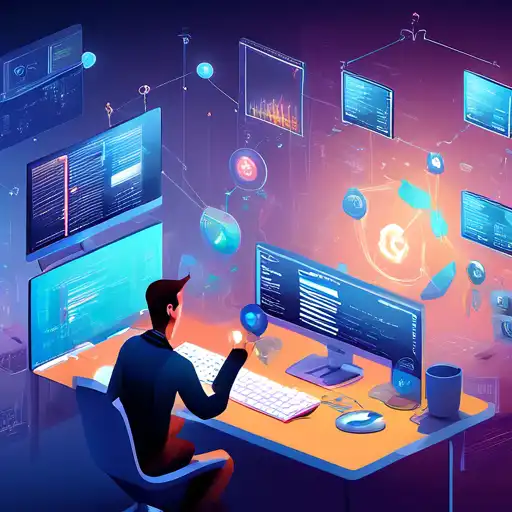Introduction to Software Development Trends
As we navigate through the year, the software development landscape continues to evolve at a rapid pace. Staying ahead of the latest trends is crucial for developers, businesses, and tech enthusiasts alike. This article delves into the most significant software development trends that are set to shape the industry this year.
1. Artificial Intelligence and Machine Learning Integration
Artificial Intelligence (AI) and Machine Learning (ML) are no longer just buzzwords but have become integral to software development. From automating mundane tasks to enhancing user experiences, AI and ML are revolutionizing how applications are developed and deployed. Expect to see more tools and platforms incorporating these technologies to streamline development processes.
2. The Rise of Low-Code and No-Code Platforms
Low-code and no-code platforms are democratizing software development, enabling non-technical users to build applications with minimal coding knowledge. This trend is accelerating the delivery of business applications and reducing the dependency on traditional coding, making software development more accessible to a broader audience.
3. Increased Focus on Cybersecurity
With the increasing number of cyber threats, cybersecurity has become a top priority in software development. Developers are now integrating security measures at every stage of the development lifecycle, adopting practices like DevSecOps to ensure that applications are secure from the ground up.
4. The Expansion of Cloud-Native Technologies
Cloud-native technologies are gaining momentum, with more organizations adopting containers, microservices, and serverless architectures. These technologies offer scalability, flexibility, and efficiency, enabling developers to build and deploy applications faster and more reliably in the cloud.
5. The Growing Importance of DevOps and Agile Methodologies
DevOps and Agile methodologies continue to dominate the software development process, emphasizing collaboration, efficiency, and continuous delivery. These approaches are evolving to include more automation and integration tools, further enhancing productivity and reducing time-to-market.
Conclusion
The software development industry is undergoing transformative changes, driven by advancements in technology and shifting market demands. By keeping an eye on these trends, developers and businesses can stay competitive and leverage new opportunities to innovate and grow. Whether it's embracing AI and ML, adopting low-code platforms, or prioritizing cybersecurity, the future of software development is bright and full of potential.
